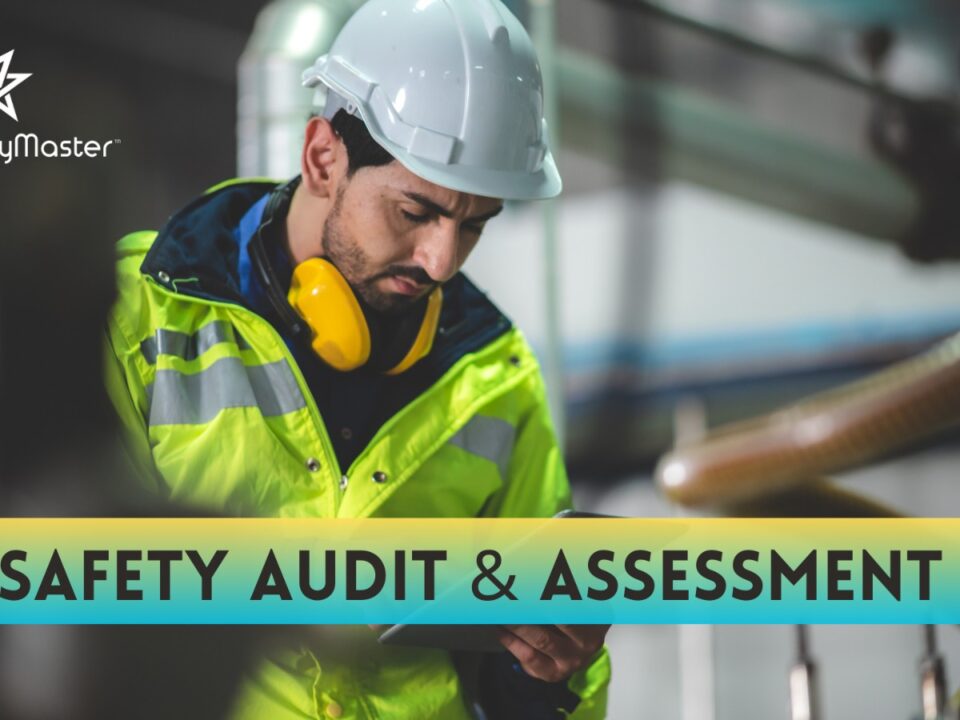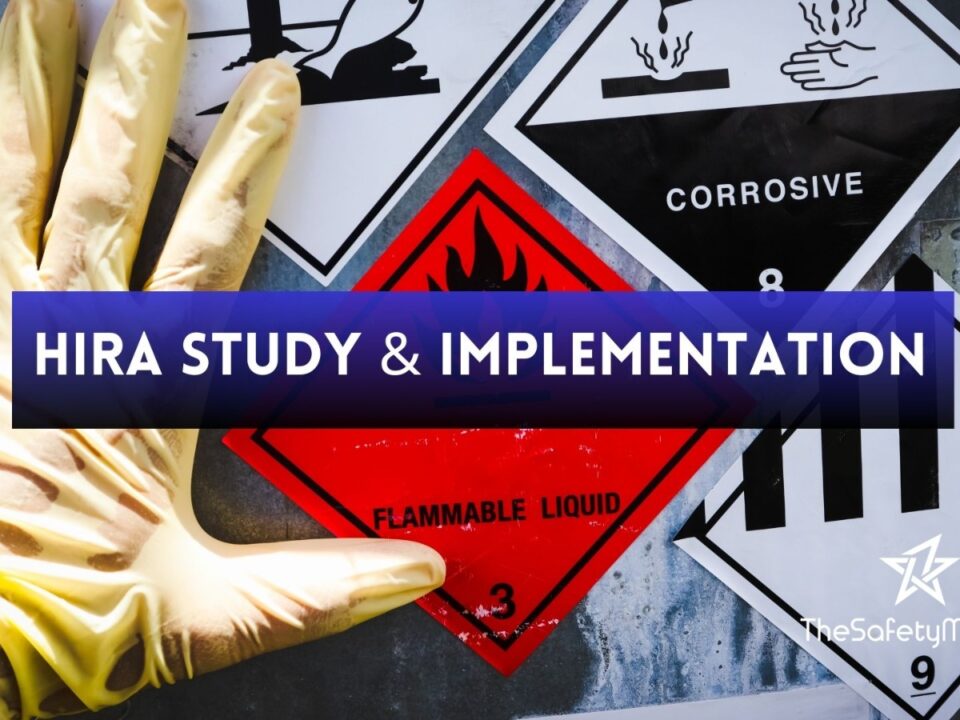Comprehensive Guide to Conducting Laboratory Safety Audit: Best Practices and Common Pitfalls

The Safety Master’s Guide to BIS 14489 Safety Audit
June 5, 2024
Process Safety: Dust and Electrostatic Testing Services
June 13, 2024Laboratory safety audits are essential for ensuring a safe working environment in research and testing facilities. These audits help identify potential hazards, ensure compliance with safety regulations, and promote a culture of safety among staff. Conducting an effective laboratory safety audit requires a systematic approach, attention to detail, and a thorough understanding of best practices and common pitfalls. This guide provides a comprehensive overview of how to conduct a laboratory safety audit effectively.
Importance of Laboratory Safety Audits
Laboratory safety audits are crucial for several reasons:
- Risk Identification: Audits help identify potential hazards that could lead to accidents, injuries, or even fatalities.
- Regulatory Compliance: Ensuring compliance with local, national, and international safety regulations helps avoid legal issues and potential fines.
- Improving Safety Culture: Regular audits promote a culture of safety, encouraging employees to prioritize safety in their daily activities.
- Resource Optimization: Identifying and addressing safety issues can prevent costly accidents and improve overall laboratory efficiency.
Preparing for the Audit
Preparation is key to a successful laboratory safety audit. Here are some steps to take before the audit:
- Assemble the Audit Team: Include individuals with diverse expertise, such as safety officers, laboratory managers, and external consultants.
- Review Previous Audits: Examine past audit reports to identify recurring issues and areas of improvement.
- Understand Regulations: Familiarize yourself with relevant safety regulations and standards, such as OSHA, NFPA, and local guidelines.
- Develop an Audit Checklist: Create a comprehensive checklist covering all aspects of laboratory safety, including chemical storage, waste management, emergency procedures, and equipment safety.
- Communicate with Staff: Inform laboratory personnel about the upcoming audit and its importance, encouraging them to cooperate fully.
Conducting the Audit
During the audit, the team should systematically evaluate various aspects of laboratory safety. Here’s a step-by-step guide:
- Initial Walkthrough: Conduct an initial walkthrough to get an overall sense of the laboratory’s condition and identify any obvious hazards.
- Detailed Inspection: Use the audit checklist to conduct a thorough inspection. Key areas to focus on include:
- Chemical Safety: Check for proper labeling, storage, and handling of chemicals. Ensure that Material Safety Data Sheets (MSDS) are readily accessible.
- Waste Management: Evaluate the procedures for disposing of hazardous waste, including segregation, labeling, and storage.
- Personal Protective Equipment (PPE): Ensure that appropriate PPE is available and used correctly by all staff.
- Emergency Preparedness: Check the availability and accessibility of emergency equipment, such as fire extinguishers, eyewash stations, and first aid kits. Review emergency procedures and ensure that staff are trained in their use.
- Equipment Safety: Inspect laboratory equipment for proper maintenance, calibration, and safe operation.
- Ventilation and Fume Hoods: Verify that fume hoods and ventilation systems are functioning correctly and are used appropriately.
- Housekeeping: Assess the general cleanliness and organization of the laboratory, as clutter and poor housekeeping can contribute to accidents.
Best Practices for Laboratory Safety Audits
To maximize the effectiveness of your laboratory safety audit, consider the following best practices:
- Regular Audits: Conduct audits regularly, at least annually, to ensure ongoing compliance and continuous improvement.
- Use Technology: Leverage technology, such as audit management software, to streamline the audit process and maintain comprehensive records.
- Engage Staff: Involve laboratory personnel in the audit process, encouraging them to take ownership of safety in their workspace.
- Continuous Training: Provide ongoing training to staff on safety procedures, emergency response, and the proper use of equipment and PPE.
- Follow-Up: After the audit, develop a detailed action plan to address any identified issues. Assign responsibilities and set deadlines for corrective actions. Follow up to ensure that all actions are completed.
Common Pitfalls to Avoid
While conducting a laboratory safety audit, it’s important to be aware of common pitfalls that can undermine the audit’s effectiveness:
- Incomplete Checklists: An incomplete or poorly designed checklist can result in overlooked hazards. Ensure your checklist is comprehensive and regularly updated.
- Lack of Documentation: Failing to document findings and corrective actions can lead to repeated issues. Maintain detailed records of each audit and follow-up actions.
- Ignoring Minor Issues: Small issues can escalate into major problems if left unaddressed. Pay attention to minor hazards and address them promptly.
- Inadequate Training: Staff must be properly trained in safety procedures and emergency response. Regularly update training programs to reflect current best practices and regulations.
- Complacency: Regular audits can lead to complacency, where issues are overlooked because they have been addressed in the past. Approach each audit with fresh eyes and a critical mindset.
Conclusion
Conducting a laboratory safety audit is a critical component of maintaining a safe and compliant laboratory environment. By following best practices and avoiding common pitfalls, you can ensure that your laboratory operates safely and efficiently. Regular audits, comprehensive checklists, and a commitment to continuous improvement will help you identify and mitigate risks, comply with regulations, and promote a culture of safety among laboratory personnel.
In summary, a successful laboratory safety audit involves thorough preparation, systematic inspection, and proactive follow-up. Engage your staff, leverage technology, and prioritize continuous training to create a safe and productive laboratory environment. By doing so, you not only protect the well-being of your personnel but also enhance the overall efficiency and effectiveness of your laboratory operations.
For further assistance or professional guidance on conducting laboratory safety audits, consider partnering with experts like The Safety Master, who can provide specialized knowledge and support tailored to your specific needs.



